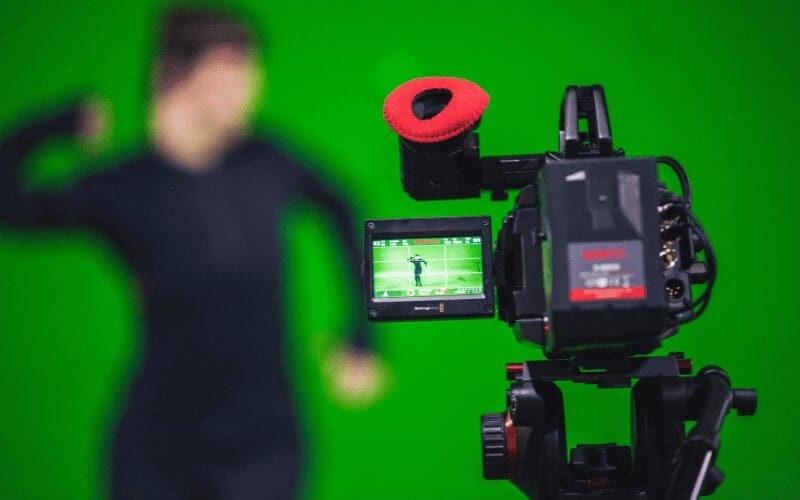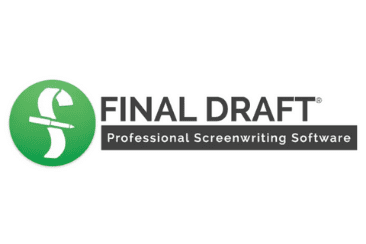Are you looking to become a digital imaging technician (DIT)? Are you wondering where to even begin? Then you have come to the right place – consider this article your comprehensive guide on how to become a DIT.
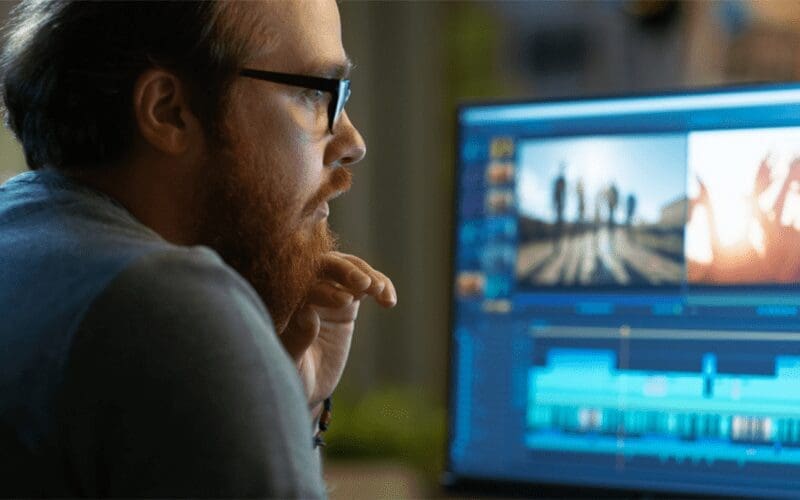
We will answer all of your burning questions. Such as, what is a digital imaging technician, and what’s the digital imaging technician salary? We will also go over the relevant skills that you need – like organisation, confidence, and good communication skills!
Eager to learn more? Then make sure that you keep reading!
What Is A Digital Imaging Technician?

So, what exactly is a digital imaging technician? Put simply, they are in charge of compiling on-set data in films and duplicating it, to ensure that it’s safe. They also help the director of photography with their digital camera knowledge. This means that they will advise the director of photography on the effects, brightness, and contrast during a movie set. They will help the film to look the best that it can.
They are also responsible for advising the camera and film crew on their shots, for example letting them know if the frame is off, or if there are any distracting shadows.
Also in the digital imaging technician job description is the quality checks on the recorded materials. This raw material is likely unedited, so this is another job for the digital imaging technician. They will apply colours and edits to give the editor an idea of what the finished shot may look like.
Additionally, they may need to transfer this footage into an easily accessible file so that the editor can easily watch it on the go. So, as you may have guessed, a digital imaging technician is important in the production of films as they advise on the quality of the shots, as well as ensure the raw footage is duplicated and kept safe.
Digital Imaging Technician Job Description
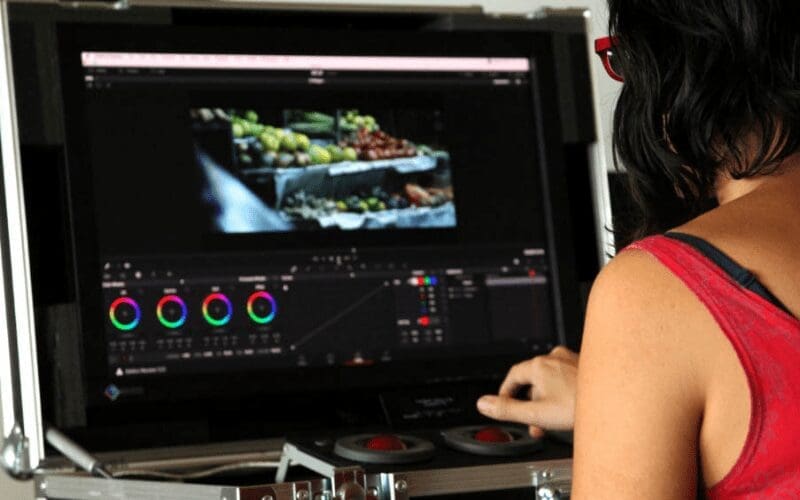
Digital Imaging Technician Responsibilities
Now it’s time to talk about the responsibilities of a DIT in more depth.
They have many different duties, so they need to be fairly flexible during the working day.
Communicating With The Director Of Photography
It is vital that there’s a clear line of communication between the DIT and the director of photography, both during and after production.
This helps to ensure that the vision of the film is being met. It is the DIT’s responsibility to advise them on how to make the film look the best that it can.
The DIT will manage and advise on the exposure and set up things like a Colour Decision List (CDL). Some directors of photography will want more help/advice than others. Therefore, it is a good idea to set the tone of the relationship before you begin the film.
Image Quality
The DIT is responsible for the overall quality of the raw footage and images.
This means that they need to closely monitor the colours, baseline, and exposures. The quality of the footage should remain the same, and not falter.
Working With The Camera Assistants
As well as assisting the director of photography, the DIT will also assist the camera assistant.
They will help to ensure that there are no boom shadows, reflections, lens flares and to elevate the focus.
They need to have high attention to detail to make sure that nothing vital is missed that will throw the shot off. The DIT will closely watch their monitor and speak up if something doesn’t look right.
Managing The Crucial Data
This is one of the most important job responsibilities for a DIT. They need to manage all of the data effectively and efficiently.
They need to ensure that all the data and metadata are backed up at least twice during the day. This data will be backed up on an LTO tape, as this is a good way of storing data long-term, in addition to being sturdy.
They will also make copies of the data so that it can be sent along to post-production. They will also include reports of what it contains. The DIT will make sure that the data is easily accessible for all of the vital people. Additionally, they will save it to a system where it can be reviewed.
Delivering The Recordings
It is the responsibility of the DIT to deliver the necessary recordings to the post-production team following quality checks. They will also make copies in case this is misplaced by the team.
They will also collect any digital audio that’s recorded by the external digital audio recorder.
Finally, they will devise a workflow plan so that everything gets to the correct department on time. This allows for the smooth running of the whole filming production and post-production process.
How To Become A Digital Imaging Technician
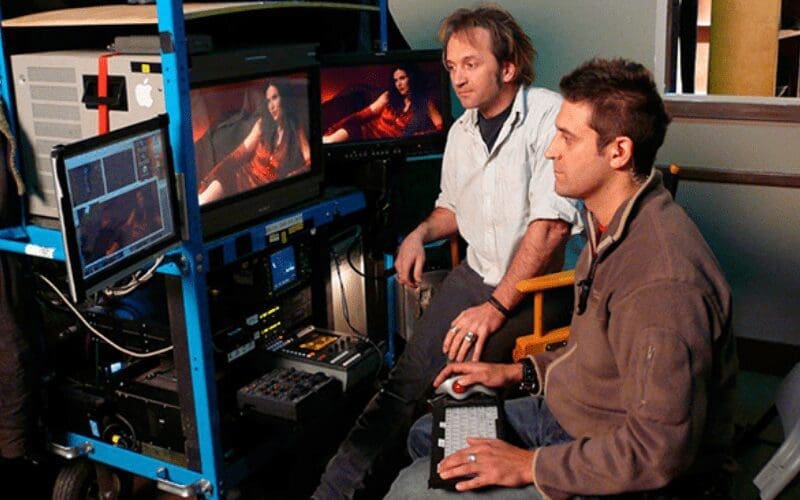
Have we inspired you yet?
In this section, we are going to explain how to become a digital imaging technician. Let’s get into it!
Organisational Skills
First things first, to become a digital imaging technician you should be a highly organised individual. Your job will be highly detail orientated, and you’ll be keeping track of a lot of important moving parts.
Plus, it’s highly likely that day-to-day you will be juggling a lot of different jobs – so you must be a good multi-tasker!
Computer Knowledge
Computer knowledge is vital, as you’ll be working with computer hard drives, formatting hard drives, and creating and duplicating important files.
It’s a good idea to understand how they work across different platforms, for example, Windows and Mac.
This way, you can be confident that you will be able to complete the task at hand, regardless of what platform you’re told to use.
Be Confident Working Independently
While you will be advising multiple people on the movie set, there will also be long periods of time where you will be working on your own.
You must be comfortable with this and be able to take your own initiative when required.
Education
You don’t need a degree to become a digital imaging technician, however, any IT training will be extremely useful to you, alongside any education pertaining to editing videos.
Usually, digital imaging technicians will work their way up through the camera department and will begin with a role like a camera trainee.
If you decide that you want to attend university, then it’s a good idea to choose A Levels in the field of film or IT, or even better, choose a combination of them!
There’s also a great range of BTEC options that you can choose from that will relate to the career. For example, BTEC National Extended Diploma in Creative Digital Media Production or BTEC National Diploma/Extended Diploma in Art and Design.
For more information on film schools, check out our article on What Are The Best Filmmaking Colleges And Universities?
Get An Apprenticeship
Of course, you could always work directly for a company and gain hands-on experience with an apprenticeship. This way you will learn all of the necessary skills while you’re on the job.
It should be noted that some companies won’t employ people for a whole year, and this can hinder your career. You could consider a Level 3 apprenticeship as a photographic assistant, as this way you can work on the job, as well as landing yourself a qualification.
It’s really up to you how you want to get into the job, as all the ways that we’ve listed are viable. You can even consider taking up a different role in the film industry to help get your foot in the door, such as a director, producer, or cinematographer.
Digital Imaging Technician Salary

So, how much can you earn as a digital imaging technician?
Well, it can depend on if you’re working on a freelance contract, as this will be negotiated with your employer.
The national average salary for a Digital Imaging Technician is £35,004 in United Kingdom.
Summary – How To Become A Digital Imaging Technician
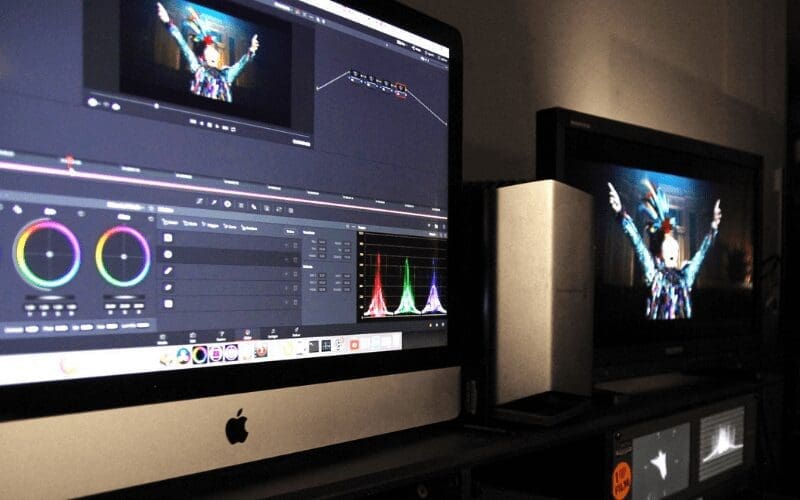
So, there we have it – everything that you need to know about becoming a digital imaging technician!
It’s a fun job that will see you complete varied tasks and work. It’s also a job that holds a lot of responsibility, so keep that in mind! The key attributes of a successful DIT are organisation, good communication skills, and confidence – the rest you can learn!
You may choose to learn on the job and do an apprenticeship, or you may prefer to go down the higher education route. Whatever you decide will be best for you.
What’s more, you may decide to bypass any specific digital imaging technician training or digital imaging technician courses and get a different job in the film industry. You could then alter your career path in the direction of a DIT.
We hope that this article has given you the confidence to go out there and chase your dreams of becoming a DIT! Want to learn more about the film business? Then you need to head over to the Мusic Gateway blog! There you can read informative articles such as How To Become A Screenwriter, How To Write A Script, or How To Become A Movie Producer.
Music Gateway – Music Licensing Opportunities
Would you like to get in touch with Music Gateway to see how we can help you with adding music to your next film? Then please use this link to get in touch with us to discuss any opportunities such as Sync Licensing, Music Licensing, Music Clearance, Sync Libraries or Music Libraries, etc., you may want to take further.
You can book a call with Sam – Head of Sync Licensing – as a potential lead. We are always happy to talk to musicians like you. Please do get in touch.








